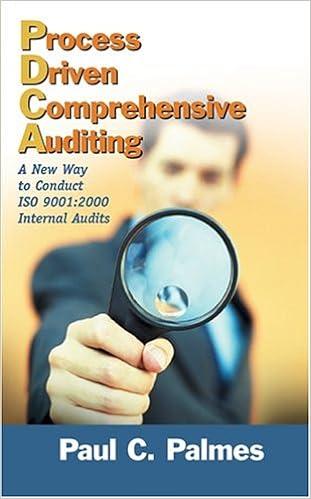1. Complete the 1992 columns of Tables 3 through 6 , disregarding for now the projected data in the 1993 and 1994 columns. If you are using the Lotus model, use it to complete the tables. Be sure you understand all the numbers, as it would be most embarrassing (and harmful to your career) if you were asked how you got a particular number, and you could not give a meaningful response. 2. Based on the information in the case and on the results of your calculations in Question 1 . prepare a list of Garden State's strengths and weaknesses. In essence, you should look at the common-size statements and each group of key ratios (for example, the liquidity ratios) and see what those ratios indicate about the company's operations and financial condition. As a part of your answer, use the extended Du Pont equation to highlight the key relationships. TABLE 3 Common-Size Balance Sheets for Years Ended December 31 svoie: Kounung umerences oceur in mis tabie. TABLE 5 Statement of Cash Flows for Years Ended December 31 (in Thousands of Dollars) TABLE 6 Historical and Pro Forma Ratio Analysis for Years Ended December 31 Notes: a. Uses cost of goods sold as the numerator. b. Uses net sales as the numerator. c. Assume a 360 -day year. d. Altman's function is calculated as Z=0.012X1+0.014X2+0.033X3+0.006X4+0.999X3 Here, X1= net working capitalhotal assets X2= retained eamingshotal assets X32=EB/T/otal assets X4= market value of common and preferred stock/book value of all debt X4= salestotal assets. The "Altman Z score" range of 1.81-2.99 represents the so-called "zone of ignorance." Note that the first four variables are expressed as percentages. Refer to Chapter 26 of Eogene F. Brigham and Louis. C. Gapenski. Intermediate Financial Management. Fourth Edition (Fort Worth: Dryden Press, 1993), for details. e. Year-end balance-sheet values were ased throughout in the compotation of ratios embodying balance-sheet items. f. Assume constant industry-average ratios throughout the period 1990 through 1994. TABLE 4 Common-Size Income Statements for Years Ended December 31 1. Complete the 1992 columns of Tables 3 through 6 , disregarding for now the projected data in the 1993 and 1994 columns. If you are using the Lotus model, use it to complete the tables. Be sure you understand all the numbers, as it would be most embarrassing (and harmful to your career) if you were asked how you got a particular number, and you could not give a meaningful response. 2. Based on the information in the case and on the results of your calculations in Question 1 . prepare a list of Garden State's strengths and weaknesses. In essence, you should look at the common-size statements and each group of key ratios (for example, the liquidity ratios) and see what those ratios indicate about the company's operations and financial condition. As a part of your answer, use the extended Du Pont equation to highlight the key relationships. TABLE 3 Common-Size Balance Sheets for Years Ended December 31 svoie: Kounung umerences oceur in mis tabie. TABLE 5 Statement of Cash Flows for Years Ended December 31 (in Thousands of Dollars) TABLE 6 Historical and Pro Forma Ratio Analysis for Years Ended December 31 Notes: a. Uses cost of goods sold as the numerator. b. Uses net sales as the numerator. c. Assume a 360 -day year. d. Altman's function is calculated as Z=0.012X1+0.014X2+0.033X3+0.006X4+0.999X3 Here, X1= net working capitalhotal assets X2= retained eamingshotal assets X32=EB/T/otal assets X4= market value of common and preferred stock/book value of all debt X4= salestotal assets. The "Altman Z score" range of 1.81-2.99 represents the so-called "zone of ignorance." Note that the first four variables are expressed as percentages. Refer to Chapter 26 of Eogene F. Brigham and Louis. C. Gapenski. Intermediate Financial Management. Fourth Edition (Fort Worth: Dryden Press, 1993), for details. e. Year-end balance-sheet values were ased throughout in the compotation of ratios embodying balance-sheet items. f. Assume constant industry-average ratios throughout the period 1990 through 1994. TABLE 4 Common-Size Income Statements for Years Ended December 31











